
How to Prevent the Dreaded Catfacing in Tomatoes
Cat-facing, or catfacing, refers to a type of physiological damage affecting tomatoes and represented by scarring and cavities near the blossom end. It is the abnormal development of plant tissue affecting the ovary or female sex organ , which results in the flower, followed by the fruit development to become malformed. It is called "cat-facing" because the abnormal cracking and dimpling on.

Polite Cat Teh Meme Wiki Fandom
Covering tomato plants with row covers to prevent insect pests from feeding on the fruit. Removing any affected fruit from the plant to prevent the spread of the condition. 3. Avoid Excessive Nitrogen. Excessive nitrogen can lead to lush vegetative growth in tomato plants, but it can also affect the quality of the fruit.

After being told NO about 100 times today, Larry takes a time out. (With images) Funny animals
Catfacing on tomatoes is a physiological disorder that affects the appearance of the fruit. This oddity of nature is characterized by irregular and often distorted growth, resulting in misshapen tomatoes or puckered areas on the tomato's surface. These deformities remind us of the appearance of a cat's face, hence the common name for the.

Was ist Catfacing? Alles Wichtige im Überblick
Catfacing ist ein Begriff aus dem Englischen und beschreibt bestimmte Verformungen von Tomaten. Alles Wichtige über Catface-Tomaten.. Ist das der Fall, handelt es sich bei den Verformungen nicht selten auch um mehrere miteinander verwachsene Tomatenfrüchte. Solche Mutationen sollen vermehrt bei älteren Sorten (Heirloom.

Catfacing Tomato How To Identify, Treat and Prevent Them? Happiness Tomato
Publication date: June 28, 2014. N.C. Cooperative Extension prohibits discrimination and harassment regardless of age, color, disability, family and marital status, gender identity, national origin, political beliefs, race, religion, sex (including pregnancy), sexual orientation and veteran status. This factsheet discusses the symptoms and.

Catfacing in Fruit and Vegetables Symptoms, Causes, Prevention
Catfacing is a kind of disfigurement or scarring that happens to plants for a number of reasons. It often occurs near the blossoms on one side of a plant fruit. Growers have to look out for these kinds of conditions to benefit from healthy crop cycles and good harvests. Knowing more about things like catfacing will help beginners to set up.

Burlington „Catface“ ist das neue Duckface Andreia Fashion
Catfacing ist ein Begriff aus dem Englischen und beschreibt bestimmte Verformungen von Tomaten. Alles Wichtige über Catface-Tomaten.

Tomato Catfacing How To Treat Catface Deformities In Tomatoes
Cat-facing, or catfacing, refers to a type of physiological damage affecting tomatoes and represented by scarring and cavities near the blossom end. It is the abnormal development of plant tissue affecting the ovary or female sex organ (), which results in the flower, followed by the fruit development to become malformed.It is called "cat-facing" because the abnormal cracking and dimpling on.
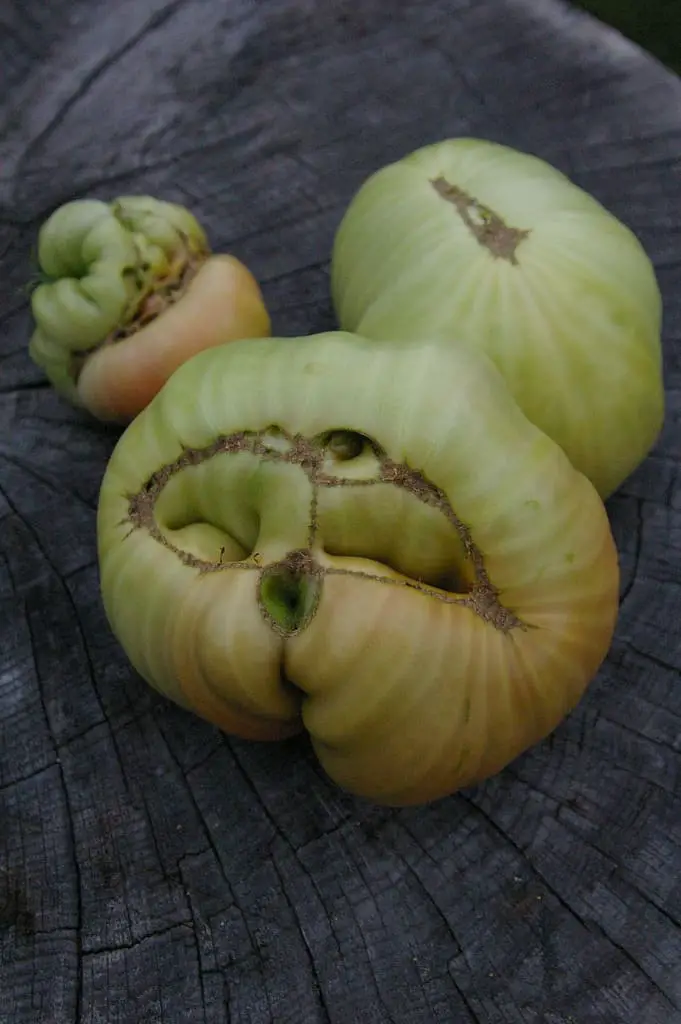
Tomato CatfacingHow to Limit Catfacing Disorder in Tomatoes Jiotower
Find natural ways to eradicate weeds. Use a balanced tomato fertilizer. Apply a high nitrogen fertilizer only if a soil test reveals that your soil is nitrogen-deficient. Excess nitrogen encourages quick blossoming, which can encourage tomato catfacing. Avoid excessive pruning, especially when tomatoes are blossoming.
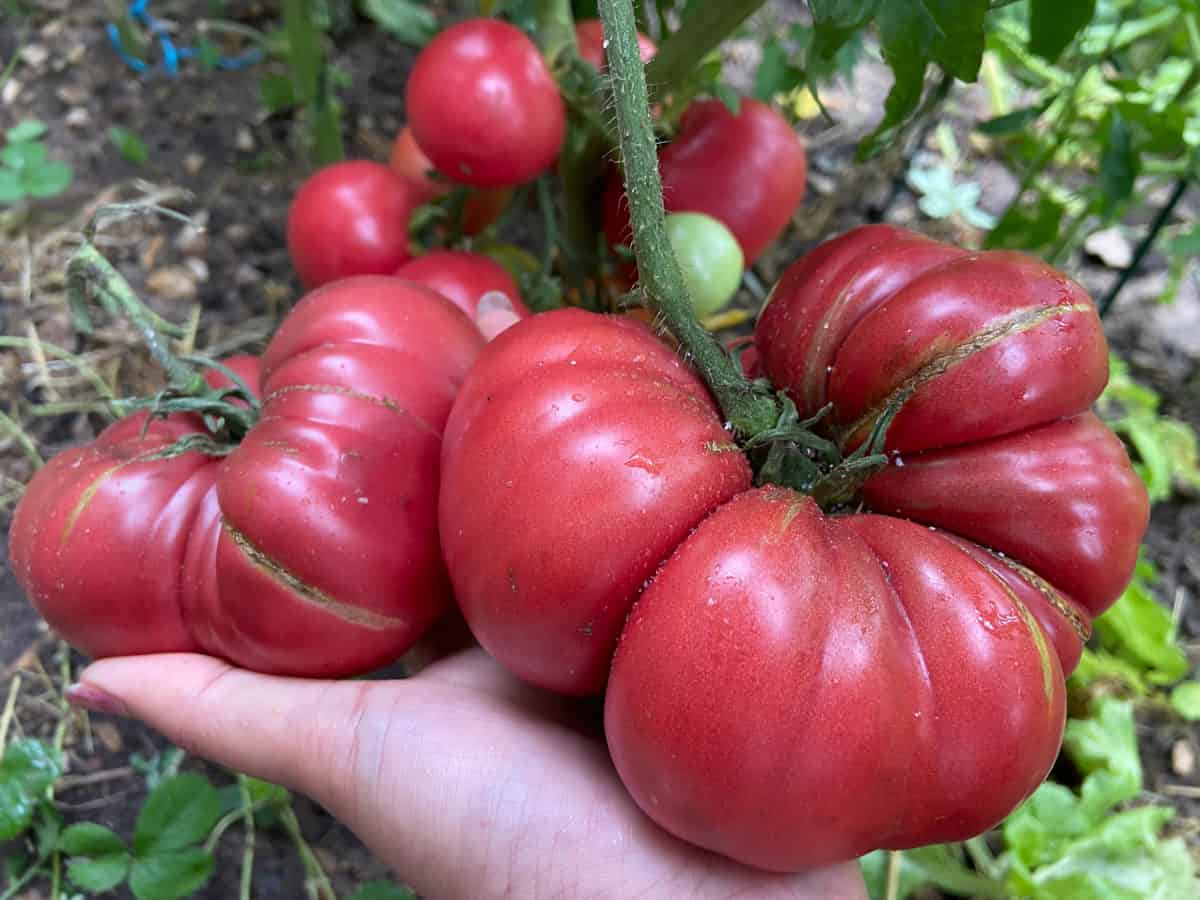
Catfacing à la tomate comment identifier, traiter et prévenir Blogue Fruits et Légumes
2. Soil Conditions. You will also see catfacing on tomato plants when there are high nitrogen levels in the soil. Too much nitrogen makes it hard for the plant to focus on fruiting. Over-feeding nitrogen will give your tomato plants plenty of green leaves, but not enough support producing flowers and fruit.

HIDE THE HOOMANS ARE HOME check out our blog network for
How To Prevent Catfacing. The truth is not much! But for starters, don't transplant tomato seedlings until one to two weeks after the last expected spring frost. Aim for soil temperatures of at least 65ºF. "Cool spring temperatures will affect the fruit development if late frosts don't get them," says Smith. Keep in mind that tomatoes.
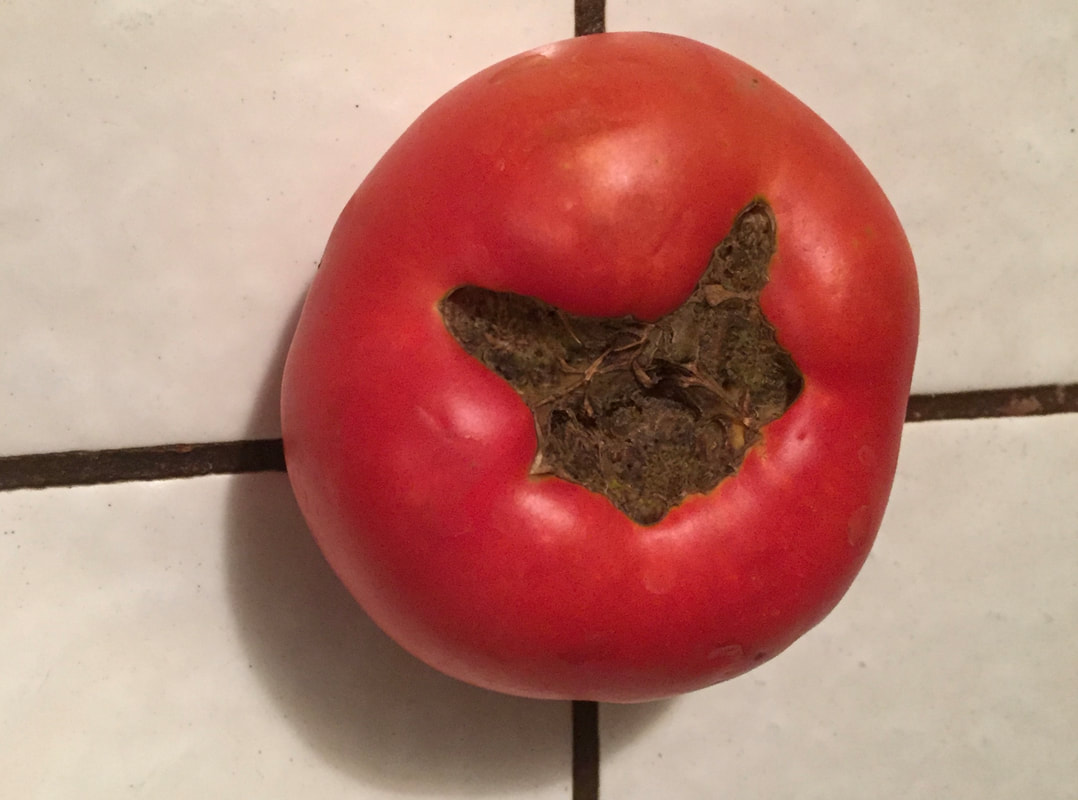
Catfacing and Cracking The Daily Garden
Direct water to the base of the plant; keep the foliage dry to prevent disease. Preserve valuable soil moisture with a 2-inch layer of mulch over the plant's root zone. Shredded wood mulch, weed-free lawn clippings, and well-decomposed compost all work well to slow down soil moisture evaporation.

Catface Catplace hello dumbass, please do okay The Something Awful Forums
Was ist Catfacing? Das Tomatenfratzen ist eine physiologische Störung von Tomaten, die zu der oben diskutierten schweren Deformität führt. So genannt, da das abnormale Knacken und Dellen von Tomaten, Pfirsichen, Äpfeln und sogar Weintrauben etwas dem Gesicht einer kleinen Katze ähnelt. Einfach ausgedrückt, ist es die abnormale Entwicklung.
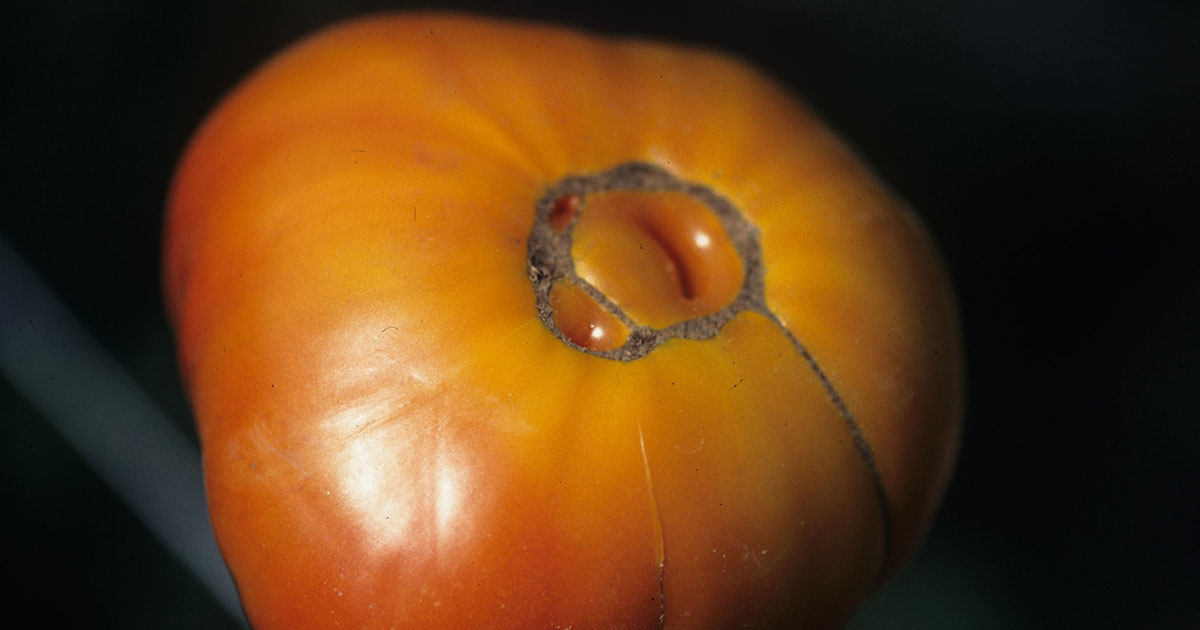
How to Identify and Prevent Catfacing of Tomatoes Gardener’s Path
The caveat is when catfacing causes an open wound on the tomato. Be careful when deciding whether to eat a catfaced tomato with an open wound. Once in a great while, you will have a tomato with such dramatic folds and bumps that it will cause the skin to stretch and brake open, leaving an open wound on the tomato..

cat catface cute face funny sticker by xxreaperxkittyxxart
Image credits: Neelam279 via Pixabay One of the best ways to prevent tomato catfacing is to be patient when you are transplanting tomatoes.Even though you are excited to start your garden, wait one to two weeks after the last spring frost before you transplant your tomato sprouts outdoors.Soil temperatures should be at least 50 degrees Fahrenheit, but it is even better to wait until it is 60.
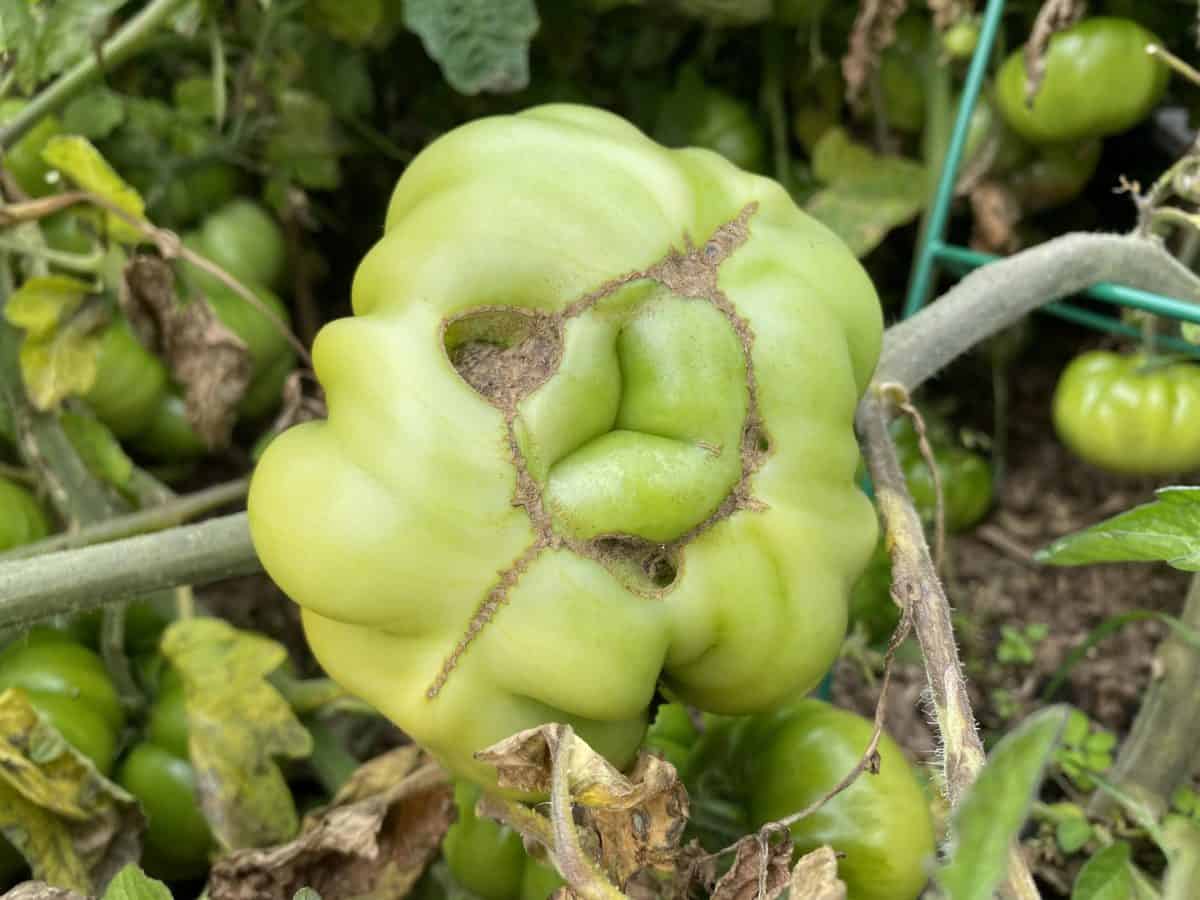
Tomato Catfacing How To Identify, Treat & Prevent It Tomato Bible
The exact cause of catfacing on tomatoes is uncertain and could be caused by any number of factors but seems to center around unfavorable growing conditions. Temperatures below 60 F. (16 C.) for a number of successive days when plants are immature -- about three weeks prior to blooming -- appear to coincide with tomato catfacing fruit deformity.